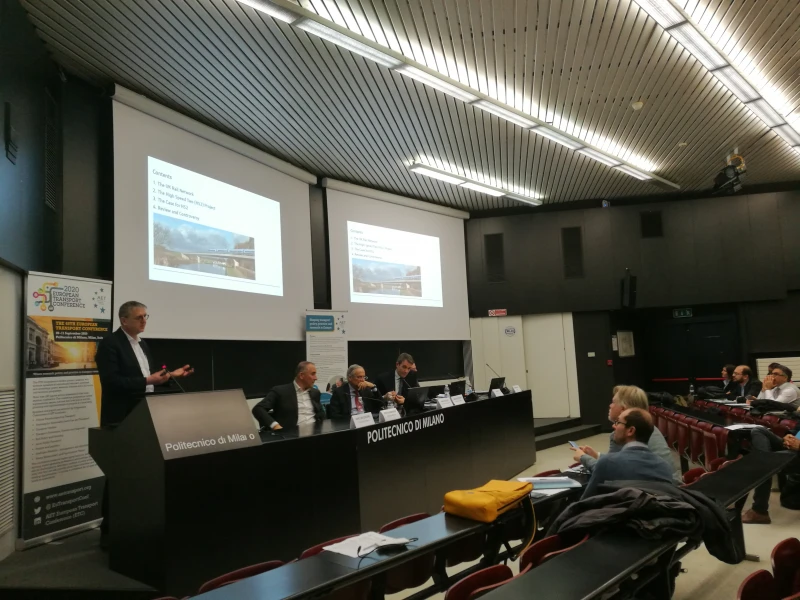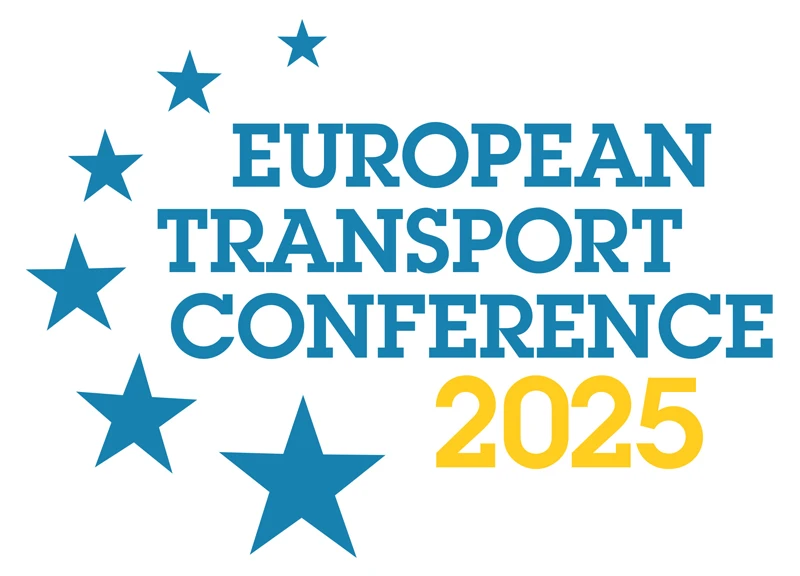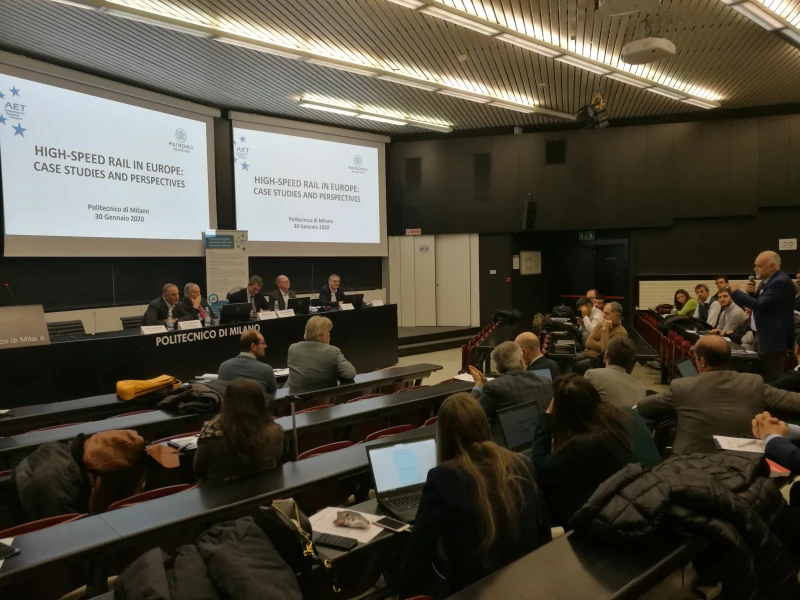-
Past ETC Papers

Browse, search and view papers from the past AET Conferences.
-
Members' Area

AET promotes networking and exchange of ideas, information and opportunities amongst members.
Conference Papers 2018
Dublin, Ireland
ETC Conference Papers 2018
A transport and health policy tool utilising new generation data
Seminar
Day 1 (10 Oct 2018), Session 1, Policy, 10:45 - 12:45
Status
Accepted, awaiting documents
Submitted by / Abstract owner
Gillian Harrison
Authors
Susan Grant-Muller1a, Frances Hodgson1a, Nicholas Malleson1b,
Gillian Harrison1a, Thomas Redfern1b, Colin Caine1b,Rob Snowball2.
1: University of Leeds a) Institute for Transport Studies b) School of Geography
2: Newcastle City Council
Short abstract
An innovative prototype policy tool has been developed to explore the complex relations between travel choice, physical activity, pollution exposure and health burdens, utilising data from a mobile phone travel app and pollution sensors.
Abstract
An innovative prototype policy tool has been developed to explore the complex relations between travel choice, physical activity, pollution exposure and health burdens, utilising Track and Trace (T&T) data from a mobile phone travel app, and a rich resource of pollution sensors in Newcastle. This tool allows policy makers to better assess transport and health policy options as the data is more disaggregate, timely and spatio-temporal, which is especially important given the diversity between sections of society.
Whilst a small number of Policy Tools exist at the interface of Transport and Health, these employ aggregate data, often input by users for high level scenario exploration, and in some cases generate only a limited set of health outcomes. Tools which can utilise highly disaggregate, new generation data, do not yet exist. Working with Newcastle City Council, an innovative prototype online tool has been developed, to demonstrate how this need can be met.
There are many complex relationships between travel behaviour and public health. The embedded use of motorised transport in urban mobility makes a significant contribution to local air pollution, and the low share of active travel journeys (walking and cycling) can be linked to diseases related to physical inactivity. Transport interventions that can both reduce air pollution and increase active transport would therefore be of great interest. Currently, relatively little is known about travel patterns to high levels of individual, spatial and temporal detail. With mobile phones becoming increasingly ubiquitous the potential to gather data is immense. In order to better assess policy options disaggregate, timely and spatio-temporal data has been collected and analysed, giving a unique insight into individuals travel behaviour, pollution exposure, physical activity and related health burdens. This is particularly important, especially given the diversity between sections of society. From this data, the prototype tool that has been produced gives policy-makers a simple overview of the impact of their interventions.
This paper presents the methodological background to the development of the prototype tool, including an overview of existing tools that have been built upon, data challenges experienced during the project and policy insights that have been gathered through analysis of the data and application of the tool. This tool can be easily adapted to most EU cities where similar data is available. It offers an opportunity for decision makers to explore the complex relations between travel choice, physical activity, environmental exposure and a range of resultant disease burdens. The research presented will be of use to those wishing to assess the impact of transport planning and policy interventions in a wide range of urban contexts.
Programme committee
Data
Topic
Mobility for Liveable Cities, including Urban Mobility, air quality, health and active travel
Documents:
No documents yet.
Association For
European Transport
Forester House
Doctors Lane
Henley-in-Arden
Warwickshire, UK
B95 5AW
+44 (0) 15 64 793552
VAT number: 710 1866 64
Conference Supporters & Endorsers




Legal Entity
The Association for European Transport is registered as an Association ('vereniging') with the Chamber of Commerce for Haaglanden in The Netherlands under company number 27170096.
Built on Zenario




